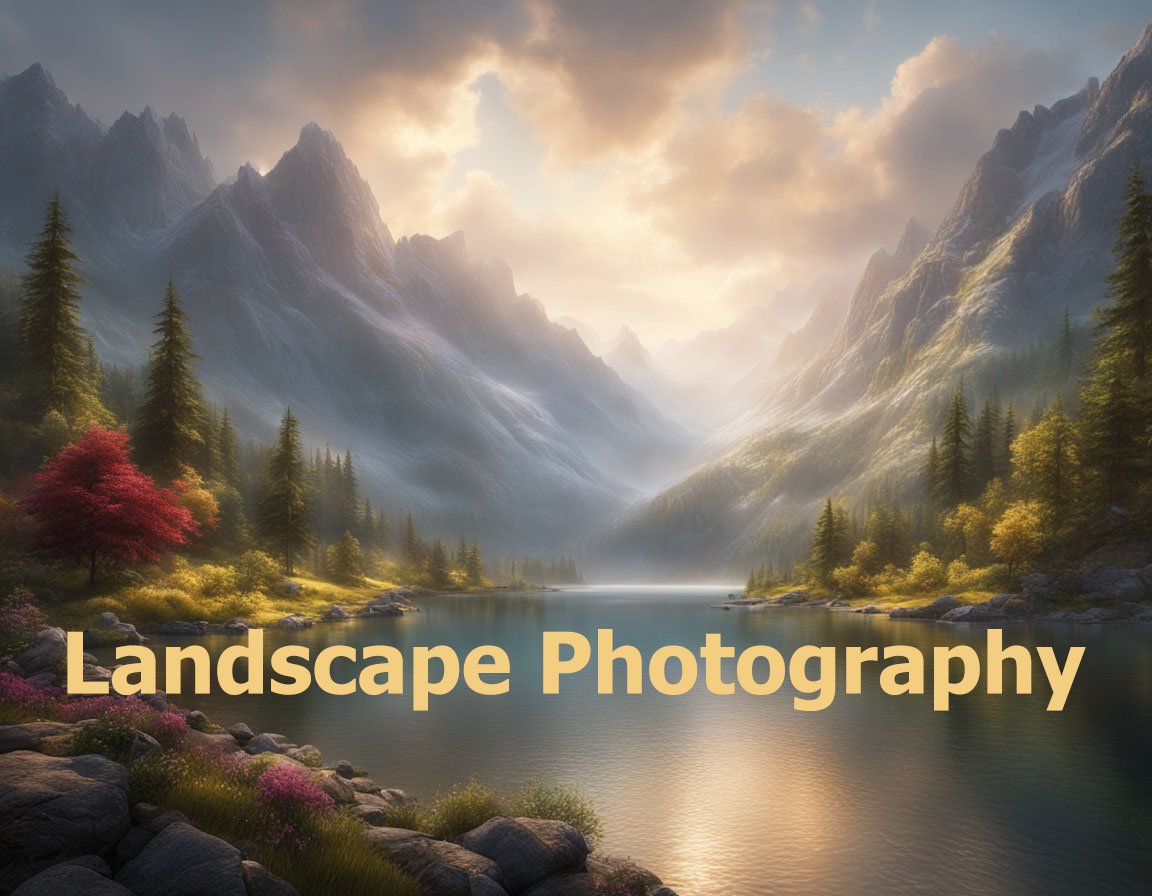Understanding how to shoot landscapes in challenging weather can differentiate good photographers from great ones. When the weather turns, and many would pack their cameras up, you’ll find unique opportunities to capture nature at its most dramatic. Firstly, embrace overcast skies. These act like gigantic softboxes, diffusing sunlight and reducing harsh shadows or highlights. Overcast conditions lend themselves beautifully to capturing waterfalls and lush landscapes, where colors pop against the muted sky.
Rain might scare off the faint-hearted, but intense mood and atmosphere await the intrepid. Investing in weather-sealed gear is essential, yet even consumer cameras can often withstand a moderate drizzle when protected carefully. Waterproof covers or improvised solutions, like covering your camera with a plastic bag with the lens poking through, also work well. Rain enhances texture and depth—wet leaves and rocks appear more saturated. Aim to capture the moment when rain relents, and the world glistens brightly. This post-rain serenity, coupled with evocative reflections in puddles, can deliver captivating images.
Wind can pose both a challenge and an asset. When photographing in windy conditions, ensure stability with a sturdy tripod. However, allow a bit of motion in your images. For instance, slow your shutter speed to capture the movement of tall grasses or trees, translating the gust’s dynamism into your shot. This adds a layer of storytelling; viewers can almost feel the wind’s force. Conversely, fast shutter speeds can freeze dramatic ocean waves, pushing the sense of chaos in stormy seaside shots. Remember that patience is key—await the moments between gusts for steadier shots.
Snow transforms environments into wintry wonderlands, but presents inherent challenges. A major hurdle is exposure. Snow is highly reflective, often confusing camera sensors into underexposing scenes. Manually overexposing your shots—by about one to two stops—can counteract this. Bracketing or adjusting the exposure compensation often yields better results than relying solely on auto-settings. Snowfall, in itself, is an opportunity—especially when capturing individual flakes with a macro lens or showcasing the way snow clings to branches, rewriting landscapes into monochrome marvels.
Fog and mist introduce mystery and depth. These weather conditions allow for shots filled with atmosphere and are transformative for mundane scenes. Use fog to layer compositions—foreground elements like trees or fences take on dramatically new significance with the softened backdrop that fog provides. Wide apertures further accentuate this effect by adding depth and focusing attention on isolated subjects.
Dramatic clouds, frequently spawned by storms, offer diverse possibilities. They’re ever-changing and present contrast and dynamic lighting situations that can make or break an image. Early morning or late afternoon tends to paint the sky with rich hues that reflect off cloud cover. Use graduated filters to balance exposure between earth and sky, ensuring detailed foregrounds alongside those painterly heavens.
Finally, safety shouldn’t be overlooked. Mother Nature is formidable, and it’s crucial to respect her power. Check the weather forecast and be aware of any warnings—especially in situations involving lightning or extreme conditions. Bringing appropriate gear, such as warm clothing and provisions, ensures not only your safety but also that you’re comfortable enough to remain focused on capturing the scene rather than worrying about the biting cold or soaking rain. Always let someone know your plans when venturing out, especially if it’s to remote locations with uncertain cell service.
In summary, challenging weather should be seen not as an obstacle but an opportunity—a chance to capture images few will dare to. Each weather condition provides distinct characteristics that, when harnessed, can elevate your landscape photography. Employ these strategies, and your willingness to brave the elements will reward you with stunning and often unexpected photographs.


